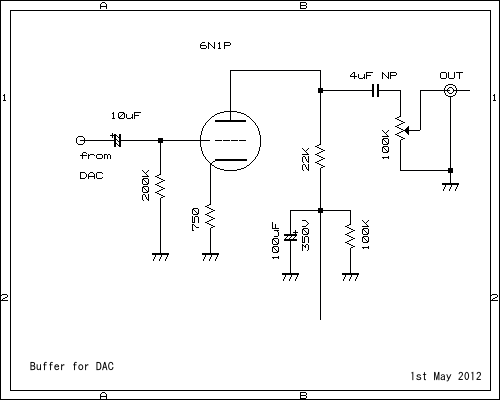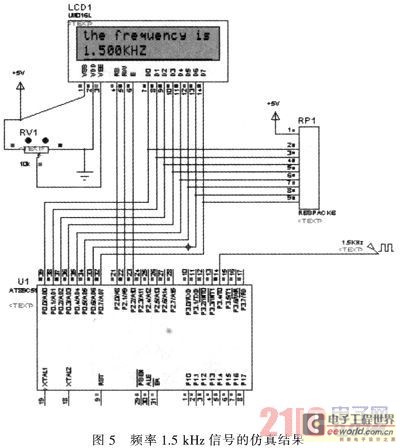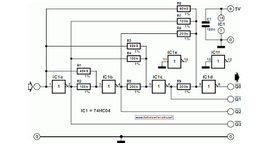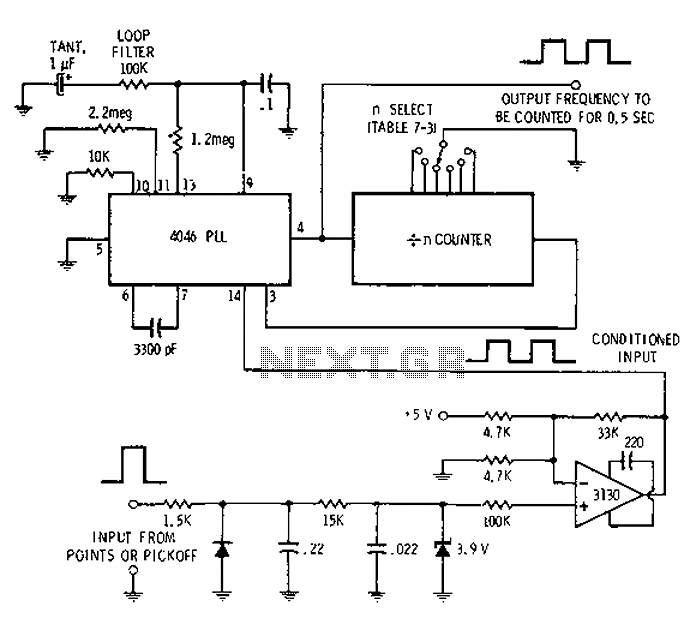
S/PDIF Digital to Analogue Converter
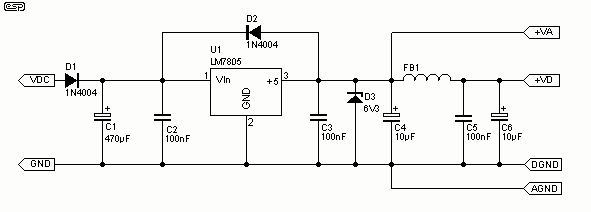
S/PDIF is an acronym for Sony /Philips Digital Interface (or Sony /Philips Digital Interconnect Format). The full specification for the S/PDIF interface consists of hardware and software, but only the hardware side will be discussed here - the software is looked after by the various interface ICs. The hardware interface is the physical connection medium that is used to send data between any two devices.
The S/PDIF interface is primarily used to transmit digital audio signals between devices, such as CD players, DVD players, and audio receivers. It can operate over coaxial cables or optical fibers, utilizing either electrical or optical transmission methods. The coaxial connection uses a single RCA connector and transmits electrical signals, while the optical connection employs a TOSLINK connector to transmit light signals.
The S/PDIF format supports two-channel PCM audio and compressed multichannel audio formats, such as Dolby Digital and DTS. The data is transmitted in a serial format, where audio samples are encoded in a specific way to maintain synchronization between the transmitting and receiving devices. The interface typically operates at sampling rates of up to 192 kHz and supports resolutions of 16, 20, or 24 bits.
In terms of circuit design, an S/PDIF interface circuit generally consists of a digital audio source, an S/PDIF transmitter, and a receiver. The transmitter encodes the digital audio signal into the S/PDIF format, while the receiver decodes the signal back into a usable audio format. Additional components may include level shifters, buffers, and isolation circuits to ensure signal integrity and compatibility between different devices.
When designing an S/PDIF interface, it is crucial to consider factors such as impedance matching, jitter reduction, and proper grounding to minimize signal degradation. The use of appropriate connectors and cable types is also essential to ensure reliable data transmission over the desired distance. Overall, the S/PDIF interface is a critical component in digital audio systems, facilitating high-quality audio transmission between various devices.S/PDIF is an acronym for Sony /Philips Digital Interface (or Sony /Philips Digital Interconnect Format). The full specification for the S/PDIF interface consists of hardware and software, but only the hardware side will be discussed here - the software is looked after by the various interface ICs.
The hardware interface is the physical connection medium that is used to send data between any two devices. 🔗 External reference
The S/PDIF interface is primarily used to transmit digital audio signals between devices, such as CD players, DVD players, and audio receivers. It can operate over coaxial cables or optical fibers, utilizing either electrical or optical transmission methods. The coaxial connection uses a single RCA connector and transmits electrical signals, while the optical connection employs a TOSLINK connector to transmit light signals.
The S/PDIF format supports two-channel PCM audio and compressed multichannel audio formats, such as Dolby Digital and DTS. The data is transmitted in a serial format, where audio samples are encoded in a specific way to maintain synchronization between the transmitting and receiving devices. The interface typically operates at sampling rates of up to 192 kHz and supports resolutions of 16, 20, or 24 bits.
In terms of circuit design, an S/PDIF interface circuit generally consists of a digital audio source, an S/PDIF transmitter, and a receiver. The transmitter encodes the digital audio signal into the S/PDIF format, while the receiver decodes the signal back into a usable audio format. Additional components may include level shifters, buffers, and isolation circuits to ensure signal integrity and compatibility between different devices.
When designing an S/PDIF interface, it is crucial to consider factors such as impedance matching, jitter reduction, and proper grounding to minimize signal degradation. The use of appropriate connectors and cable types is also essential to ensure reliable data transmission over the desired distance. Overall, the S/PDIF interface is a critical component in digital audio systems, facilitating high-quality audio transmission between various devices.S/PDIF is an acronym for Sony /Philips Digital Interface (or Sony /Philips Digital Interconnect Format). The full specification for the S/PDIF interface consists of hardware and software, but only the hardware side will be discussed here - the software is looked after by the various interface ICs.
The hardware interface is the physical connection medium that is used to send data between any two devices. 🔗 External reference
